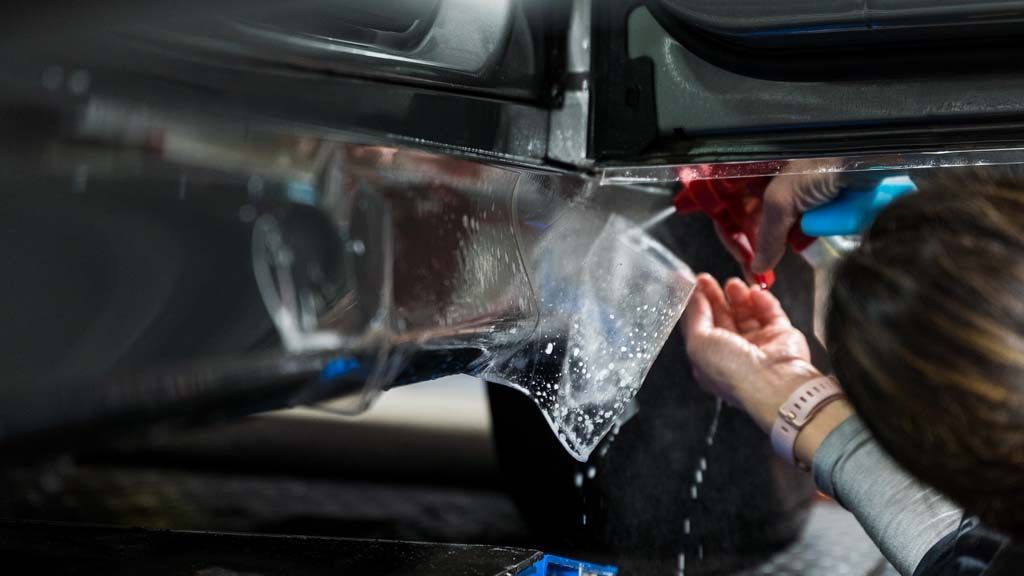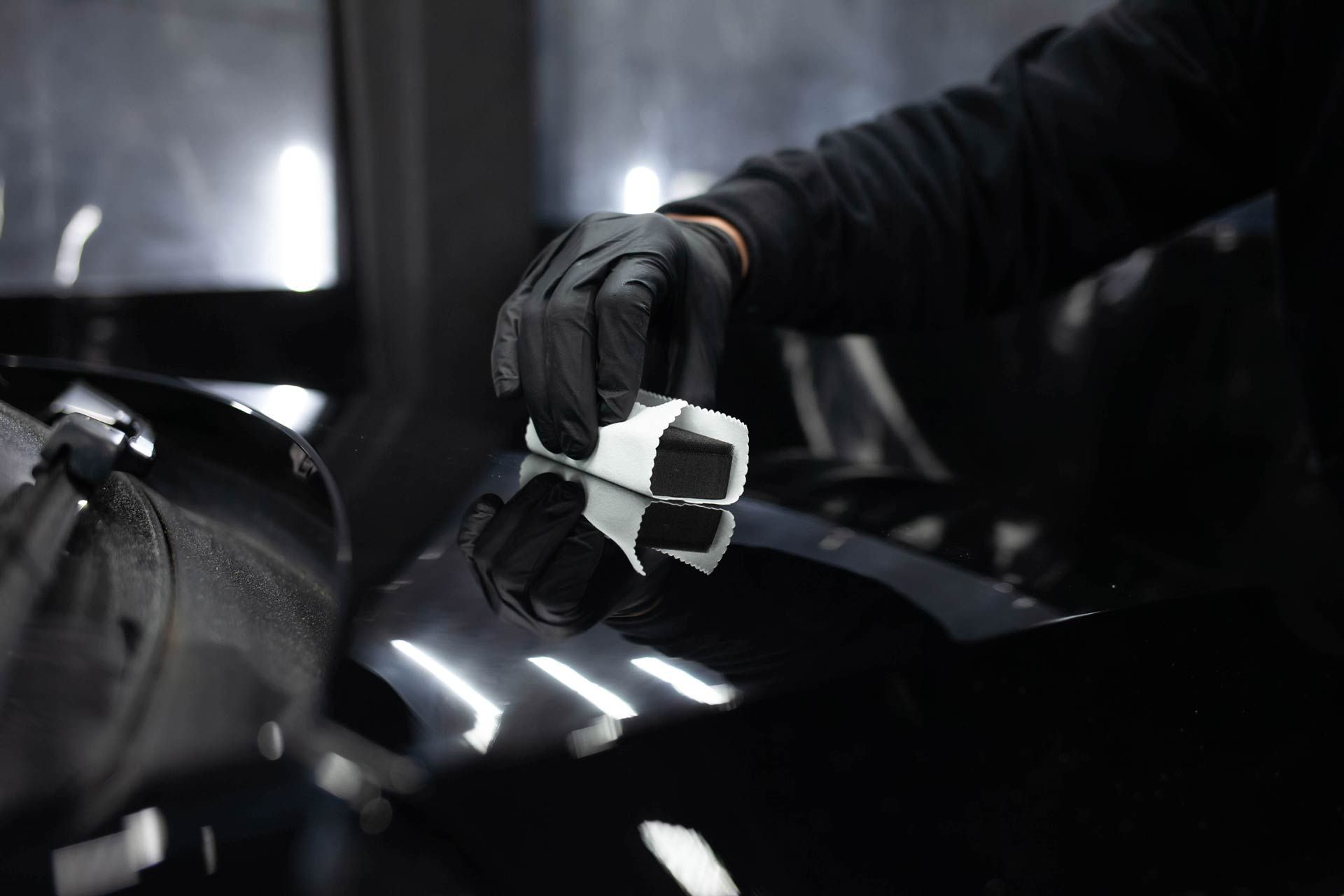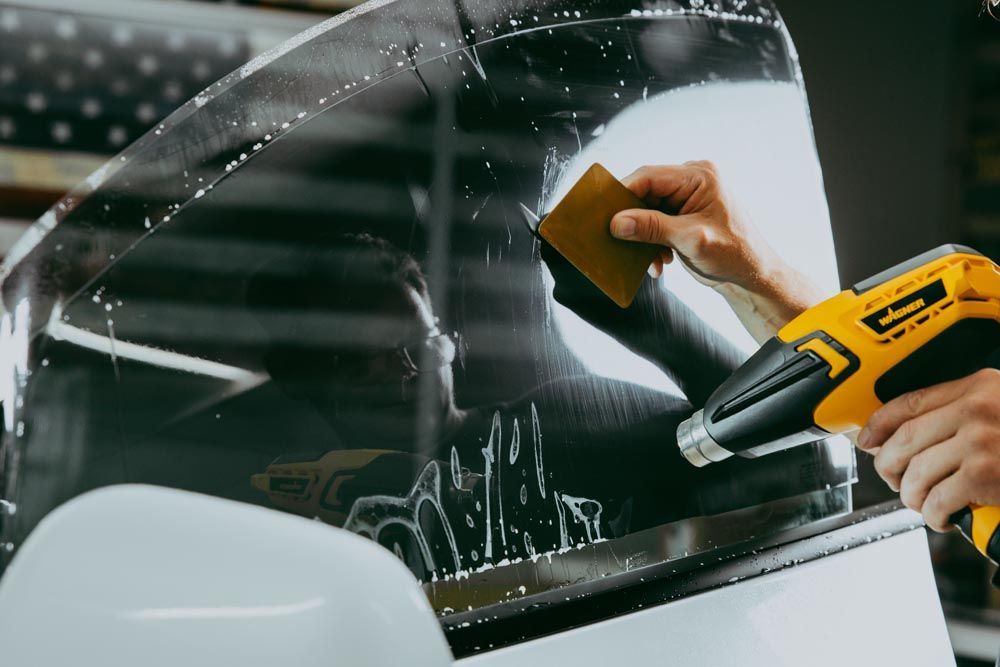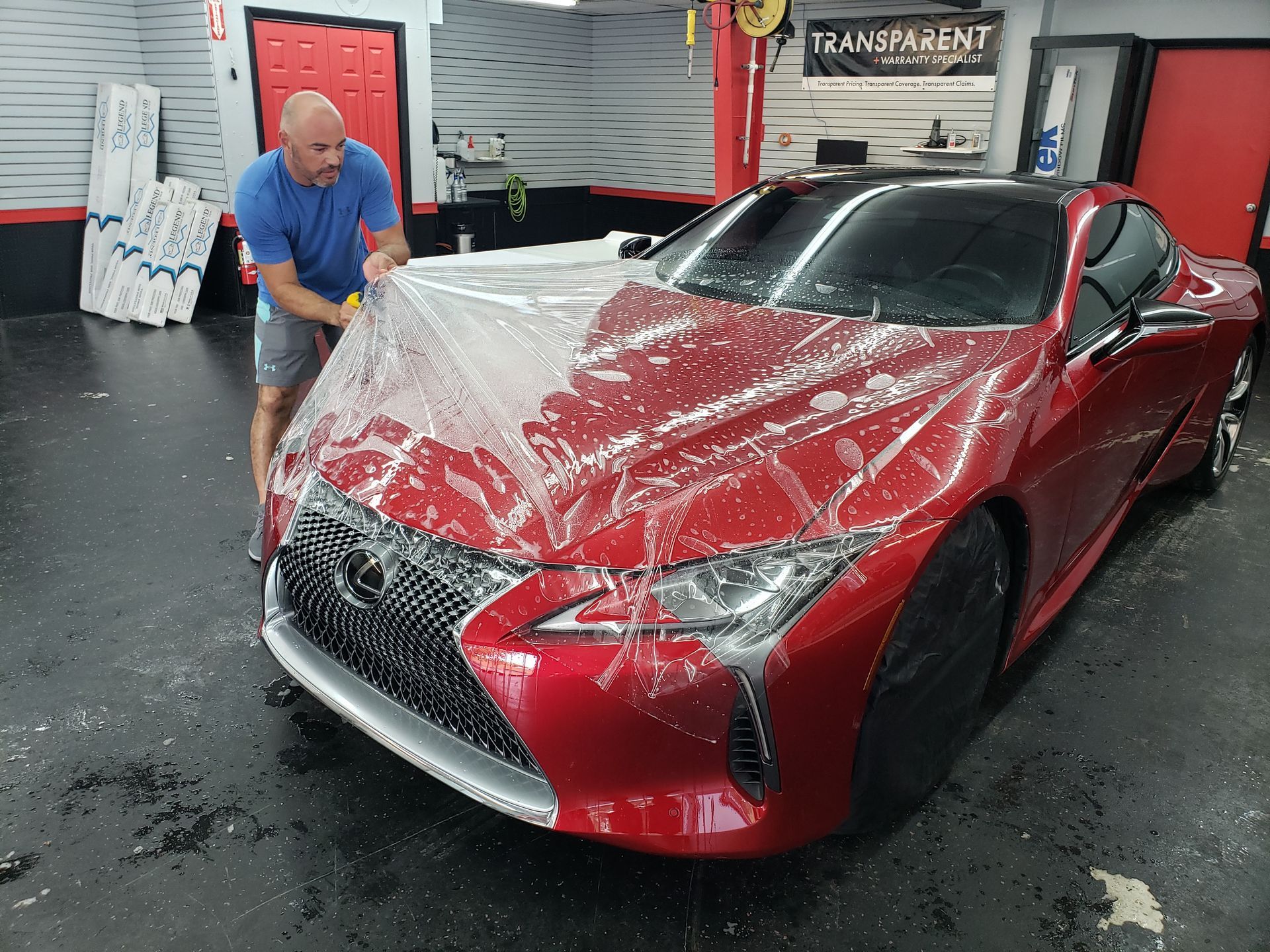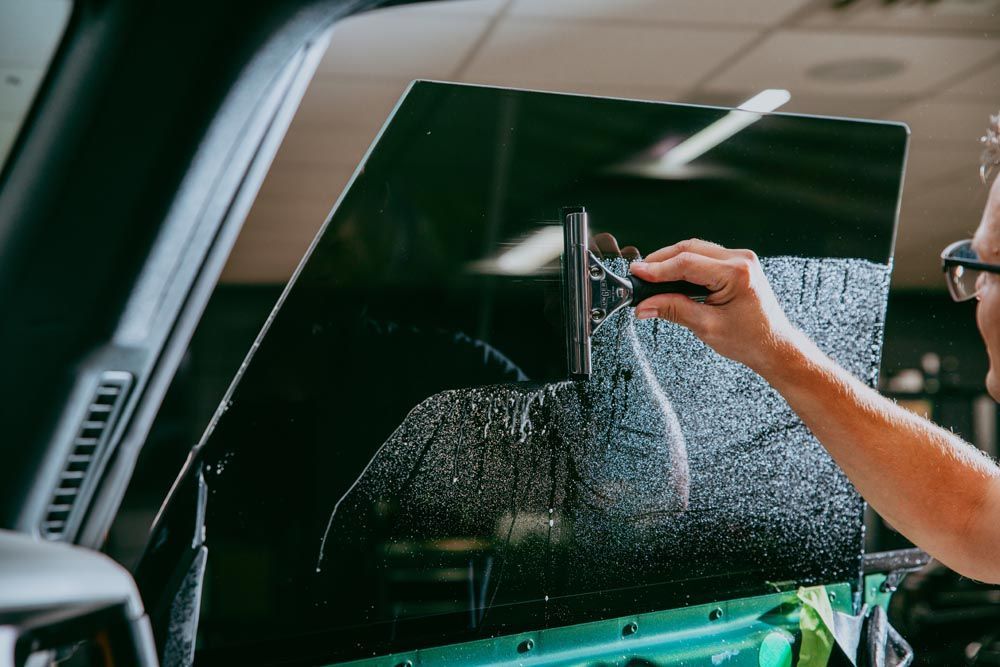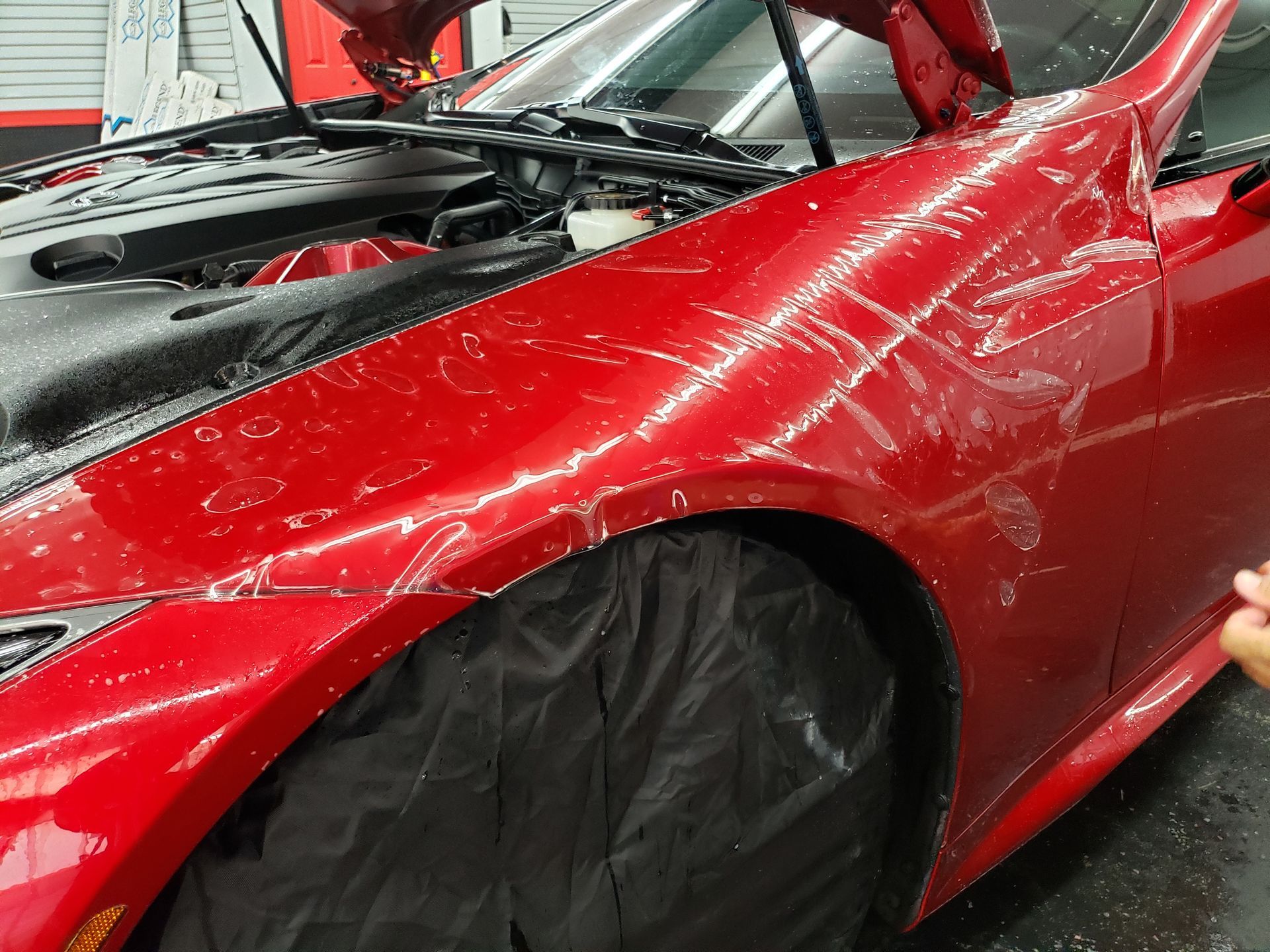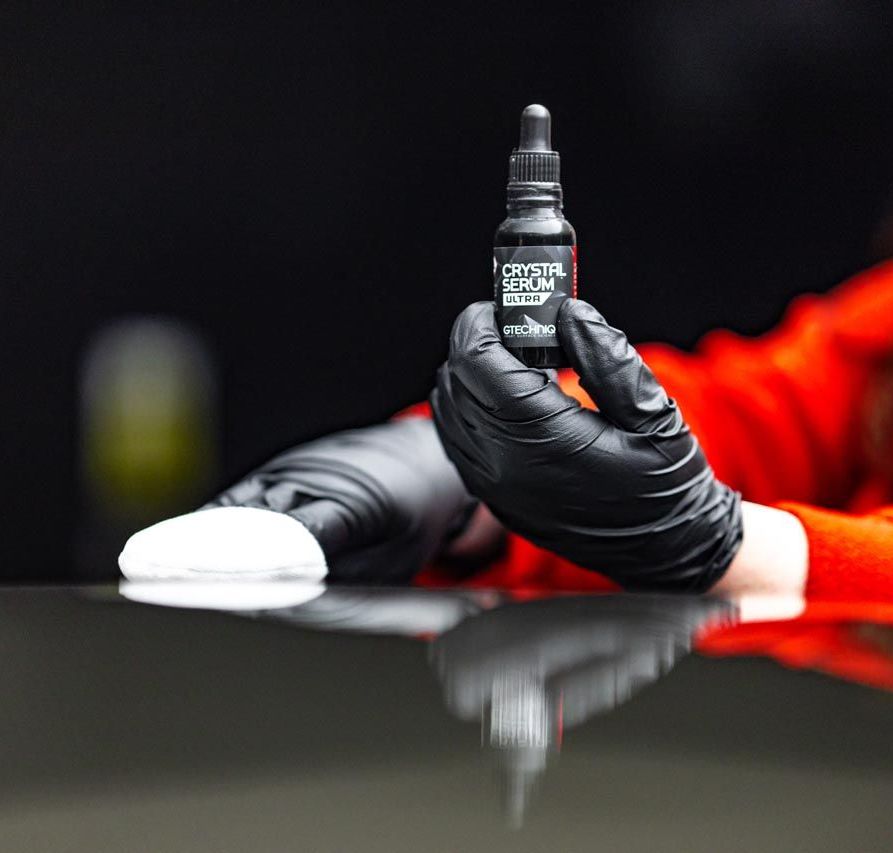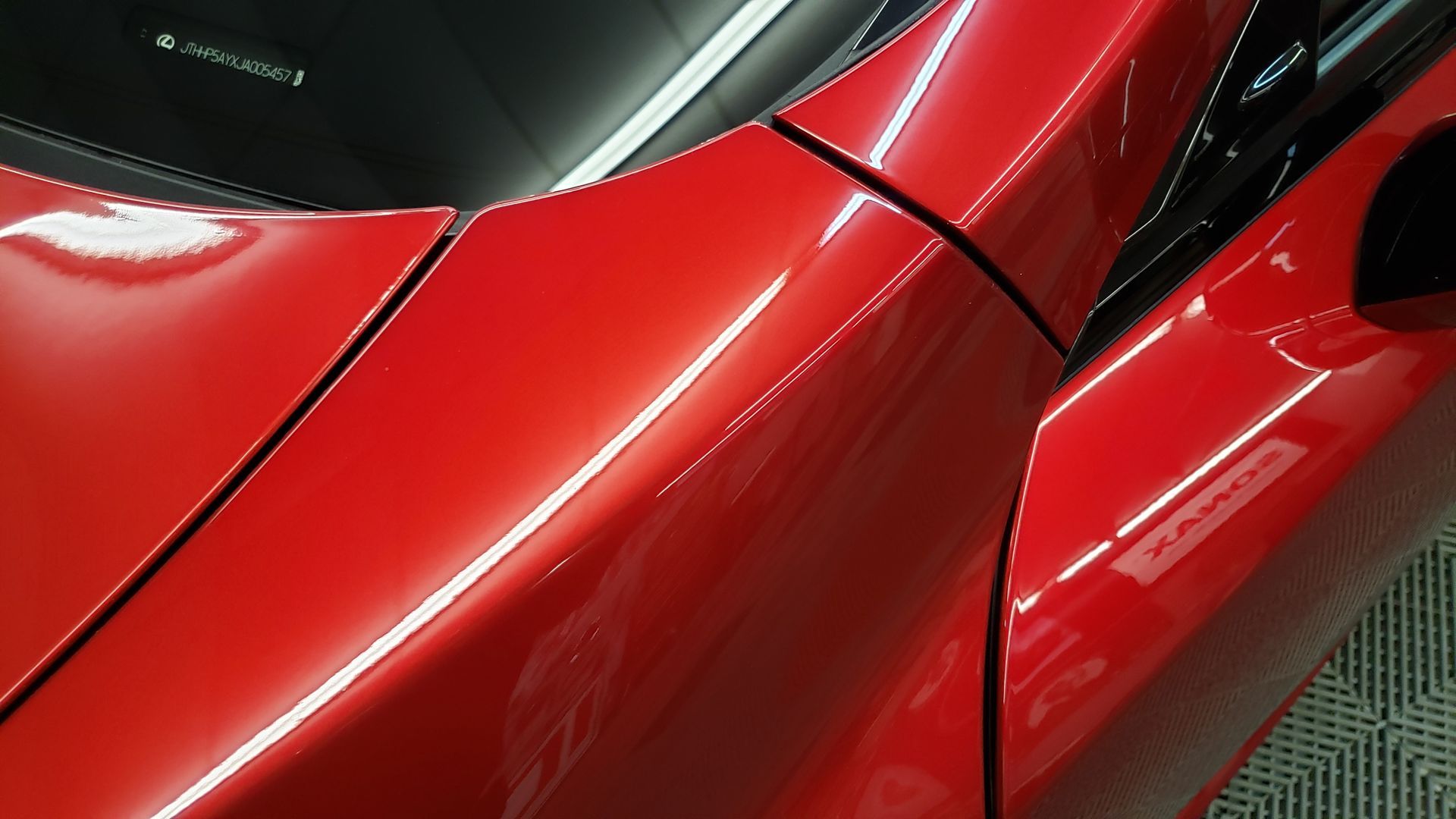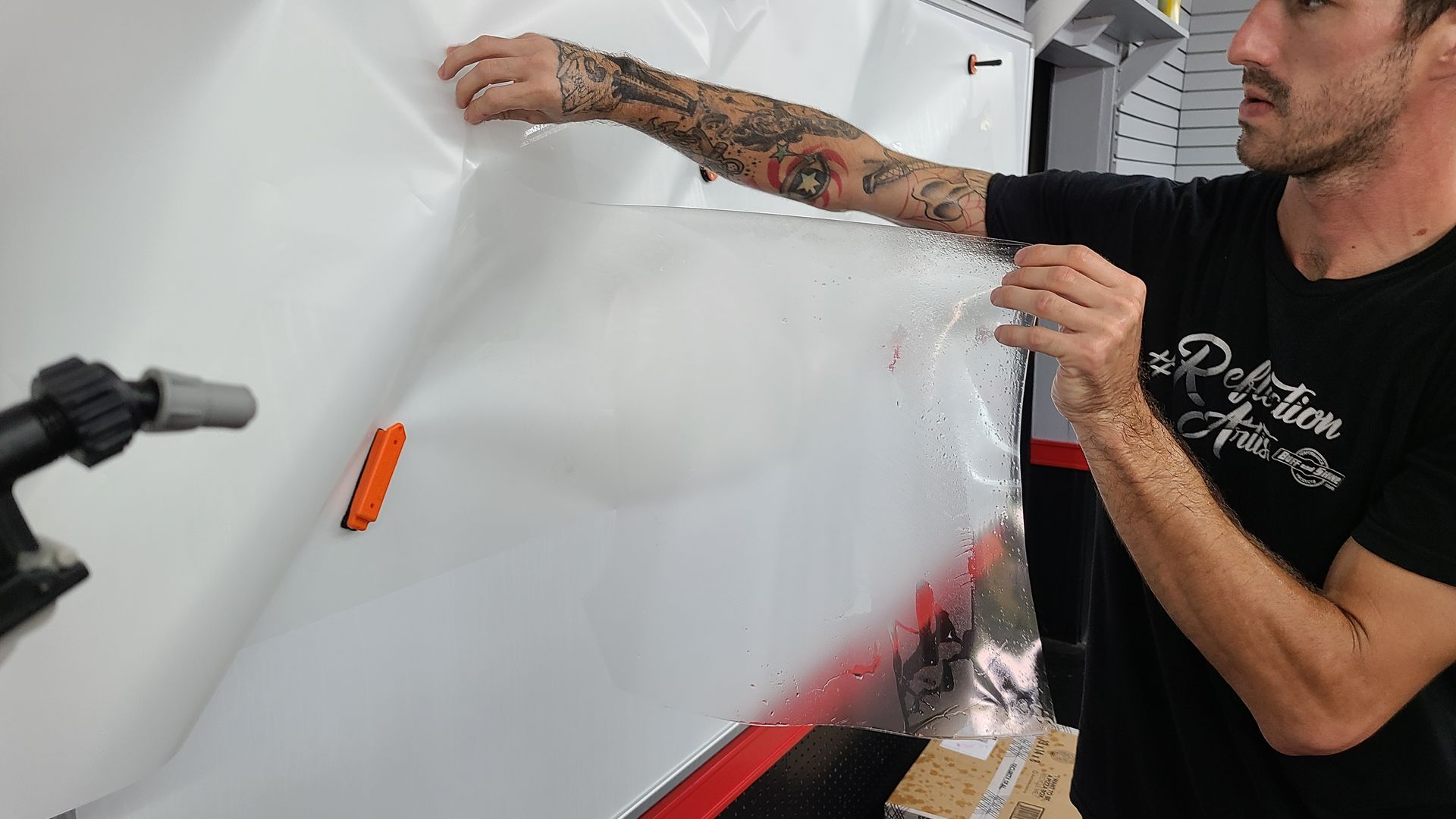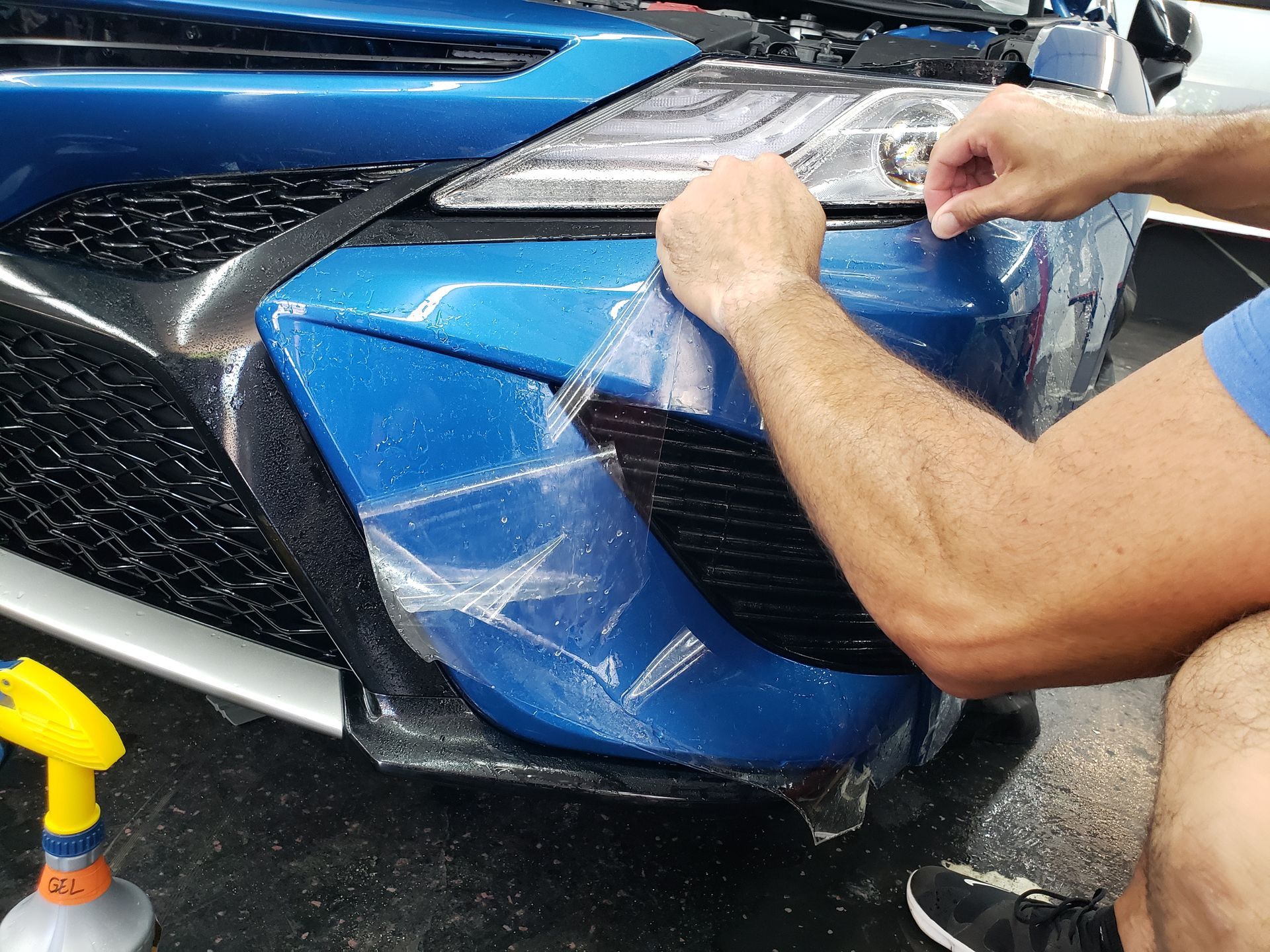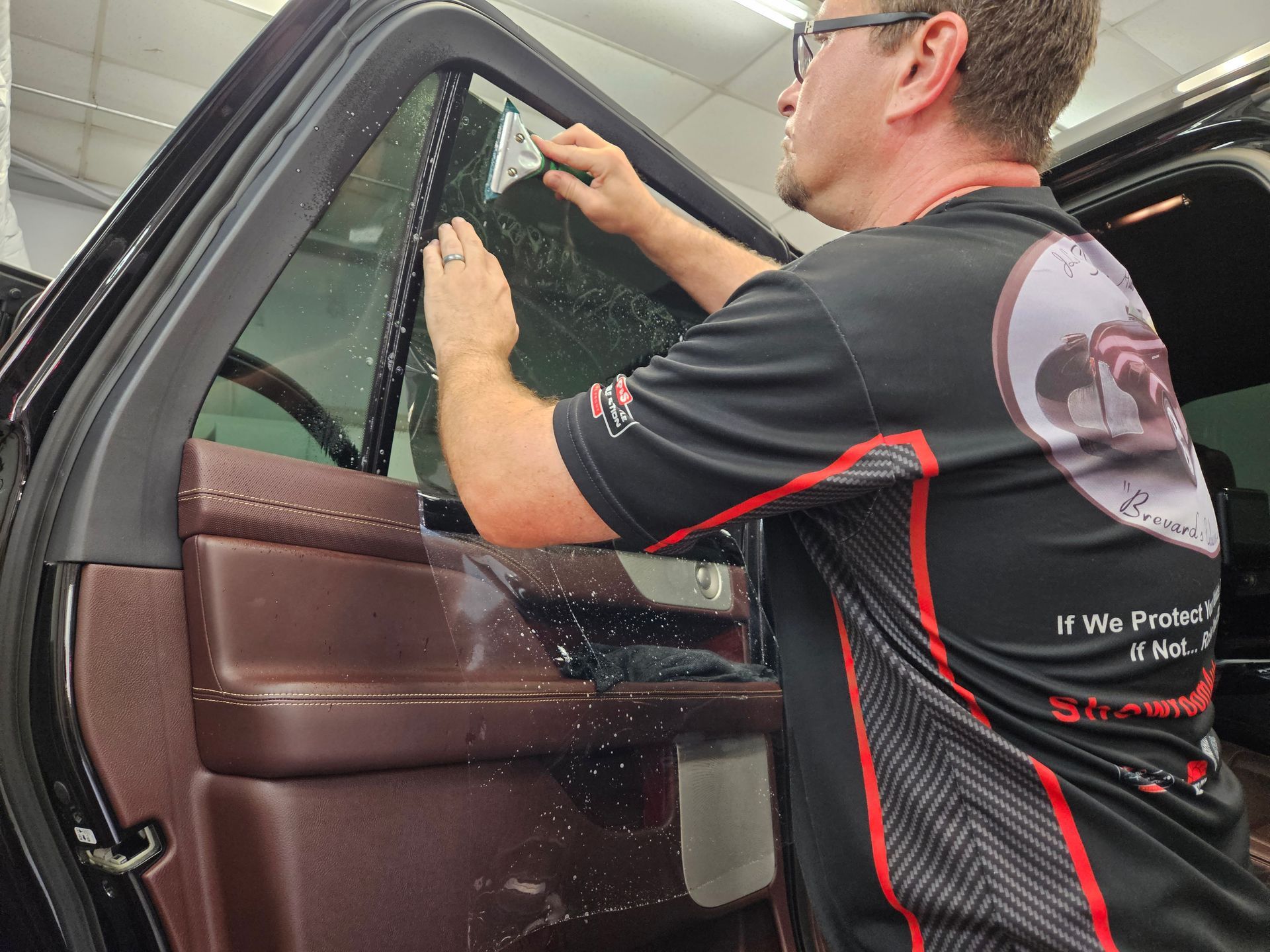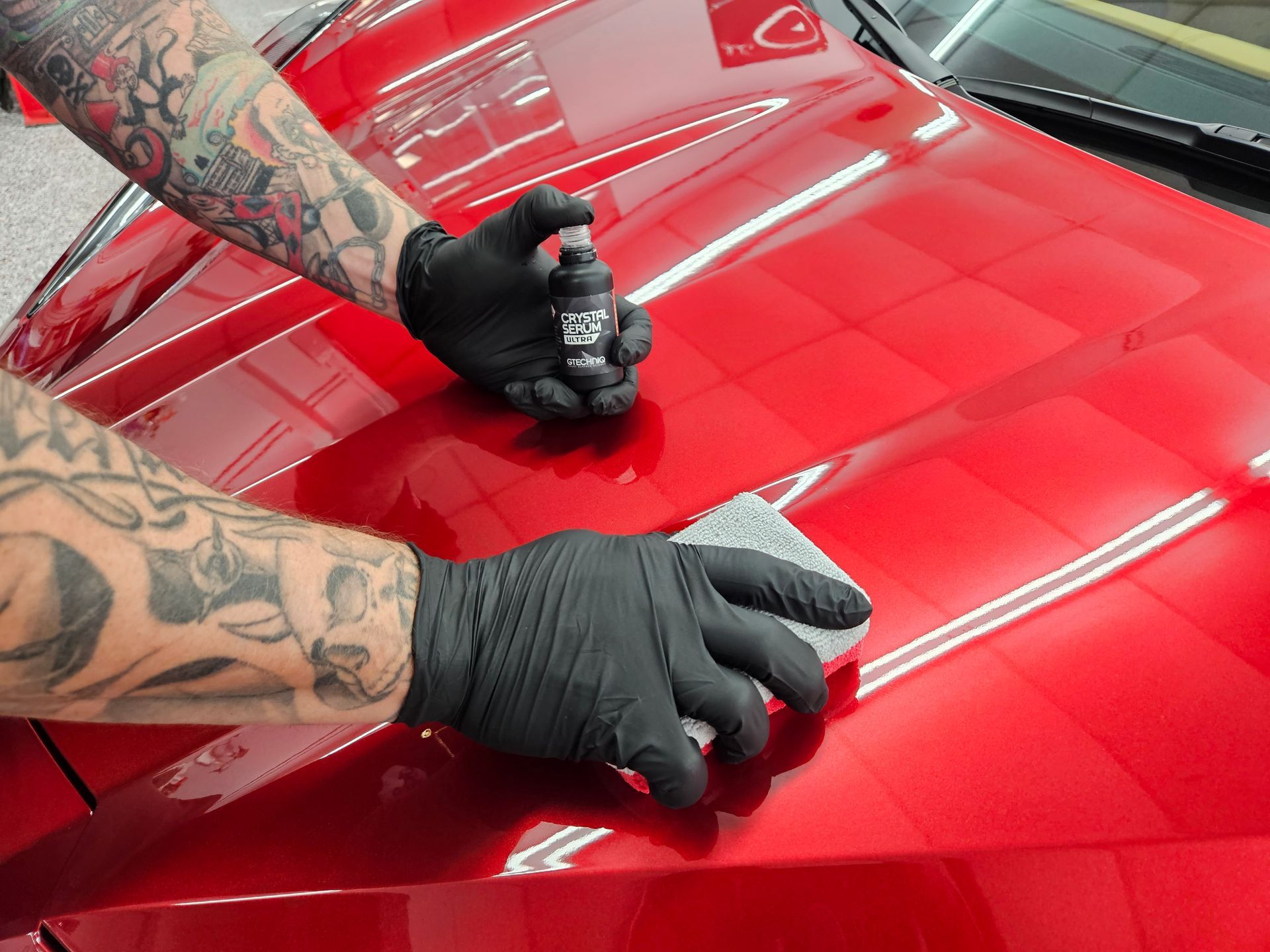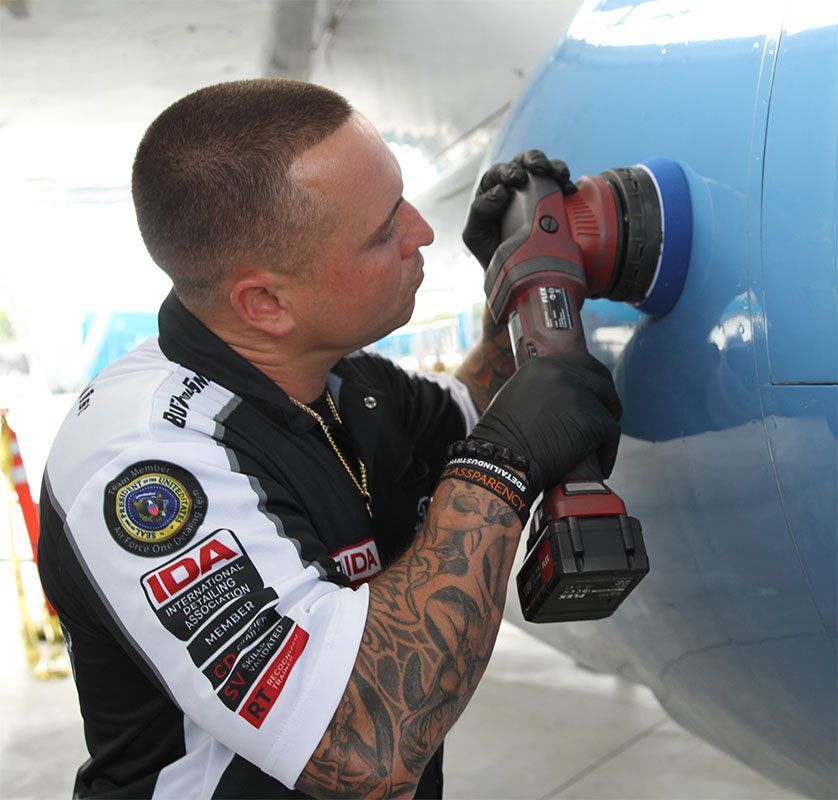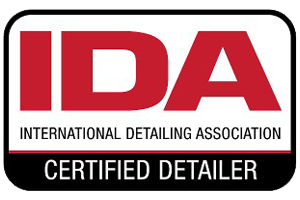Paint Protection Film vs. Vinyl Wrap: A Comprehensive Comparison for Car Owners
Paint protection film and vinyl wrap offer two different approaches to guarding your car's exterior. PPF, acting like a shield, preserves your vehicle’s paint from scratches and stains, keeping it looking as good as new. On the other hand, vinyl wrap introduces an entirely new outfit for your car, offering an array of colors and finishes for a personal touch. But here's a twist: while you might think choosing between them is strictly about protection vs. aesthetic appeal, in reality, both options balance these aspects to some degree— a paint protection film maintains your original look while adding robust protection; vinyl wrap transforms your car's look while still offering a protective layer.
When comparing paint protection film and vinyl wrap, it's important to consider your specific needs. If you prioritize long-lasting protection that preserves your car's paintwork for years, a paint protection film may be the better choice. However, if you're looking for a wider range of color options and textures for customization, vinyl wrap could be the ideal solution. Both options have their own advantages, so it's essential to assess factors such as durability, appearance, and cost before making a decision.
Protective Measures: Paint Protection Film vs. Vinyl Wrap
Both paint protection film and vinyl wrap offer different levels of protection for your car, with distinct characteristics that cater to various needs and preferences. Starting with PPF - it's like a sturdy shield for your car's paint, offering unmatched durability and protection against scratches, stains, and even minor dings. The beauty of a paint protection film lies in its ability to guard the original paintwork without altering its appearance; it's like wearing invisible armor.
One key feature of a paint protection film is its self-healing capability. Just like a superhero recovering from wounds, a paint protection film has a magical property that allows it to heal minor scratches or swirl marks when exposed to heat or sunlight. This means you can say goodbye to those pesky feather-like marks caused by daily wear and tear, as PPF can magically restore itself without needing any manual intervention. On the other hand, vinyl wrap offers a colorful and expressive way to personalize your car's exterior. It comes in an array of colors, textures, and finishes, allowing you to transform your car into a head-turning masterpiece. However, in terms of protection, it's more about showcasing your style than shielding your car from potential harm.
When it comes to protection level and durability, a paint protection film outshines vinyl wrap by offering superior resistance to scratches, chips, and UV damage. Imagine it as a steadfast guardian protecting the precious paint beneath, while vinyl wrap serves more as an expressive coat that adds flair but doesn't provide the same level of robust defense. As we take a closer look at the protective attributes of both options, it becomes evident that each offers unique benefits tailored to different priorities - whether it's safeguarding against everyday wear or making a bold statement with customized aesthetics.
Pros and Cons of Paint Protection Film
Paint protection film is a godsend for car owners who want to safeguard their vehicle's paintwork. Let's look at the notable benefits:
Pros of PPF
- Exceptional Durability: Paint protection film offers an extended shield with a lifespan of up to 10 years, providing long-term protection against scratches, chips, and other external damage. This unparalleled longevity ensures that your car retains its glossy finish for many years to come.
- Self-Healing Properties: One of the most impressive qualities of a paint protection film is its ability to mend itself. Minor scratches and abrasions can magically disappear when exposed to heat or sunlight. Imagine having a protective shield that can mend itself—it's like having a guardian angel for your car's paint.
Cons of PPF
- Limited Color Options: Unlike vinyl wrap, which offers a wide range of colors and customization possibilities, a paint protection film mainly serves to preserve the original paintwork. For those seeking dramatic color changes or personalization, this limitation might be a drawback.
- Higher Cost: The premium quality and durability of paint protection film come at a price—typically 2-3 times more expensive than vinyl wrap. While the initial investment might be steep, it's important to consider the long-term benefits of superior protection and longevity.
It's crucial for car owners to weigh these pros and cons carefully before making a decision about whether paint protection film is the right choice for their vehicle. The exceptional durability and self-healing properties make it an attractive option, especially for those looking for long-term protective measures. However, the limited color options and higher cost may present significant considerations for some individuals.
Pros and Cons of Vinyl Wrap
Vinyl wraps have gained popularity among car owners for their ability to completely transform a vehicle's appearance. Let's first examine the positive aspects of vinyl wrap.
Pros of Vinyl Wrap
- Customization: Vinyl wraps offer an extensive array of colors, textures, and finishes, empowering car owners to achieve a truly unique and personalized look for their vehicles. From matte black to vibrant chrome, the customization options are virtually limitless, allowing individuals to express their personal style and make a bold statement on the road.
- Affordability: Compared to paint protection film, vinyl wrap is generally more budget-friendly. This makes it an attractive option for those seeking a change in their vehicle's appearance without breaking the bank. Whether you're looking to add temporary accents or completely revamp your car's color, vinyl wrap offers an affordable method of achieving a new aesthetic.
Cons of Vinyl Wrap
- Durability: While vinyl wrap provides an impressive spectrum of color choices, its durability falls short compared to PPF. Vinyl wraps typically last between 3 and 4 years before they start showing signs of wear and tear. Over time, exposure to harsh weather conditions and UV rays may cause the wrap to fade or peel, ultimately necessitating reapplication or replacement.
- Protection: Although vinyl wrap does offer some level of protection against minor scratches and chips, it is primarily designed for cosmetic purposes rather than high-level paint preservation. Unlike paint protection film, which boasts superior scratch resistance and self-healing properties, vinyl wrap is more prone to damage from external elements and requires greater care to maintain its pristine condition.
Understanding the distinct advantages and limitations of vinyl wrap enables car owners to make informed decisions about protecting and enhancing the appearance of their vehicles. Now that we've explored both sides, it's crucial for individuals to consider their specific needs and preferences when choosing between these two options.
Cost Analysis: PPF vs Vinyl Wrap
When deciding between PPF and vinyl wrap for your car, it's crucial to consider the cost implications. A paint protection film generally costs more than vinyl wrap due to its advanced protective properties and durability. The cost of a paint protection film can range anywhere from $1,000 to $5,000, depending on the brand and level of coverage. Full-body protection typically comes at a premium, costing 3–4 times more than front-end protection, a significant investment for those prioritizing long-term chip protection and ensuring their vehicle's surfaces are shielded from debris and environmental impacts.
It's important to note that additional services such as applying clear paint protection film to pillars, door buttons, roof rails, and light bars can also affect the overall cost. Some car owners opt for ceramic coatings, which are applied in 1-2 layers to enhance the protective capabilities of PPF. These add-ons might contribute to the upfront cost but extend the lifespan of the paint protection film and minimize maintenance requirements in the long run.
Factors Impacting PPF Cost:
- Brands: Premium brands often come at a higher price point due to their established reputation and advanced technology.
- Additional Services: Clear PPF application on high-impact areas coupled with ceramic coatings can elevate the overall investment but provide comprehensive protection.
In contrast, vinyl wrap offers a more budget-friendly alternative compared to PPF. Its thinner material and simpler installation process contribute to a lower overall cost. While maintaining an aesthetic appeal and delivering a variety of color options for customization, vinyl wrap allows car owners to refresh their vehicle's appearance without breaking the bank. Investing in a paint protection film provides long-term value by safeguarding your car’s exterior against chips, scratches, and stains. Its ability to self-heal minor imperfections extends its durability, exemplifying a higher initial investment that pays off over time. Conversely, while vinyl wrap offers an affordable means of altering a car's appearance with numerous color choices, it may not provide the same level of chip protection as PPF.
Ultimately, the choice between paint protection film and vinyl wrap needs to align with your long-term objectives for your vehicle. Prioritizing extensive chip protection and longevity justifies the higher upfront cost of PPF. Meanwhile, if you're looking for a temporary, customizable solution with a budget-conscious mindset, vinyl wrap could be the ideal choice. Making an informed decision based on your specific needs and financial considerations ensures that you achieve optimal value for your investment in protecting and enhancing your vehicle.
Identifying the Right Choice for Your Vehicle
Choosing between paint protection film and vinyl wrap can be a massive decision. Ensuring that you invest in the right option that aligns with your specific needs and preferences is crucial. To assist in making an informed choice, it's important to consider a few key factors that will guide you toward the best fit for your car.
- Protection Requirements: If you live in an area with extreme weather conditions or frequently use your car in rugged terrain, prioritizing superior protection is paramount. A paint protection film offers exceptional durability and is ideal for individuals who want to maintain the original paint for an extended period of time. On the other hand, if your primary concern is protecting the car's surface from UV rays and light scratches, PPF is well-suited to meet those specific needs.
- Customization and Personalization: Do you love to switch up your car's appearance frequently or experiment with various colors and finishes? If so, vinyl wrap provides a cost-effective means of achieving a personalized look while offering some level of protection. Its versatility in colors, textures, and finishes makes it an attractive option for car owners who enjoy customization without committing to a permanent change.
- Long-Term Investment: View this decision as a long-term investment for your vehicle. If you value a flawless finish and are willing to invest in long-term paint preservation, then a paint protection film might be a better choice for you. Although it comes at a higher initial cost, the long-lasting protection it offers can potentially save you money in the long run by minimizing the need for frequent touch-ups or repainting.
- Maintenance and Upkeep: Another factor to bear in mind is the maintenance required after installation. A paint protection film generally requires minimal maintenance beyond regular washing routines, thanks to its self-healing properties and resistance to scratches and UV rays. Conversely, vinyl wrap may need more frequent care to preserve its appearance over time due to its thinner material, which is more susceptible to wear and tear.
- Visual Impact: Both PPF and vinyl wrap offer distinct visual impact on the car's appearance. PPF provides a clear protective layer that enhances the depth and shine of the original paint, keeping your car looking sleek and new. Conversely, vinyl wrap introduces a world of creative possibilities with its wide range of colors, textures, and finishes, allowing you to transform your car's exterior according to your personal style.
Considering these essential factors will guide you towards making an informed decision about whether PPF or vinyl wrap is most suitable for your vehicle's needs. It's crucial to weigh each consideration thoughtfully before deciding on the best protective solution for your prized possession—your car.
Paint Protection Film Experts in Melbourne, FL
Our team of skilled professionals is dedicated to safeguarding your vehicle's finish with precision and care, ensuring it remains pristine against the rigors of the road. Experience peace of mind knowing that your investment is shielded from chips, scratches, and environmental damage, all while maintaining its flawless appearance. Don't settle for anything less than the best for your vehicle. Trust JL's Showroom Auto Salon to provide unparalleled protection and expertise for your automotive needs. Call us at
(321) 723-6976 to get started with your paint protection film needs!
